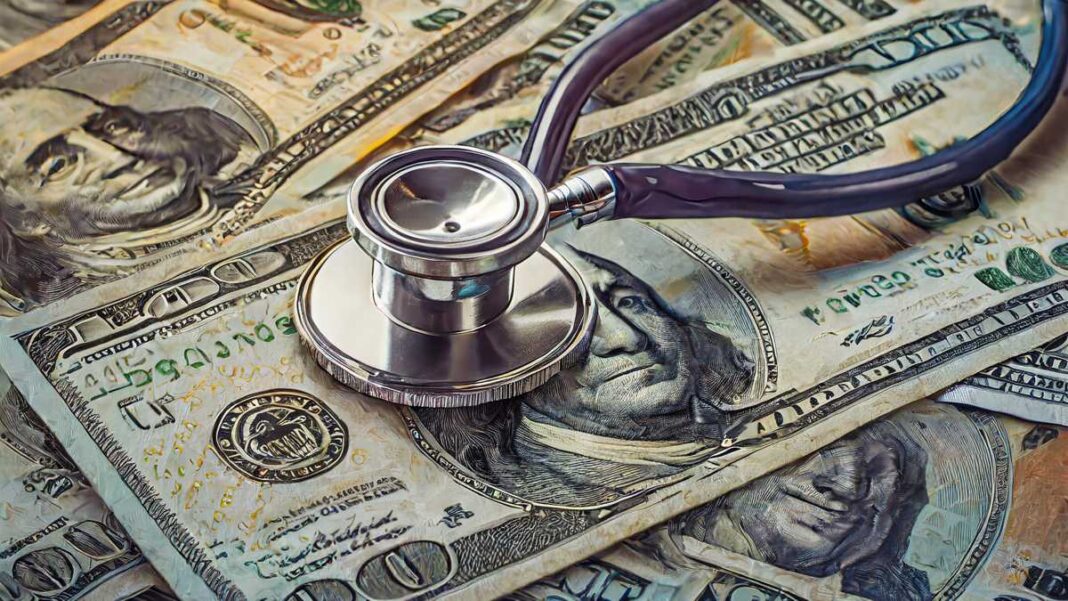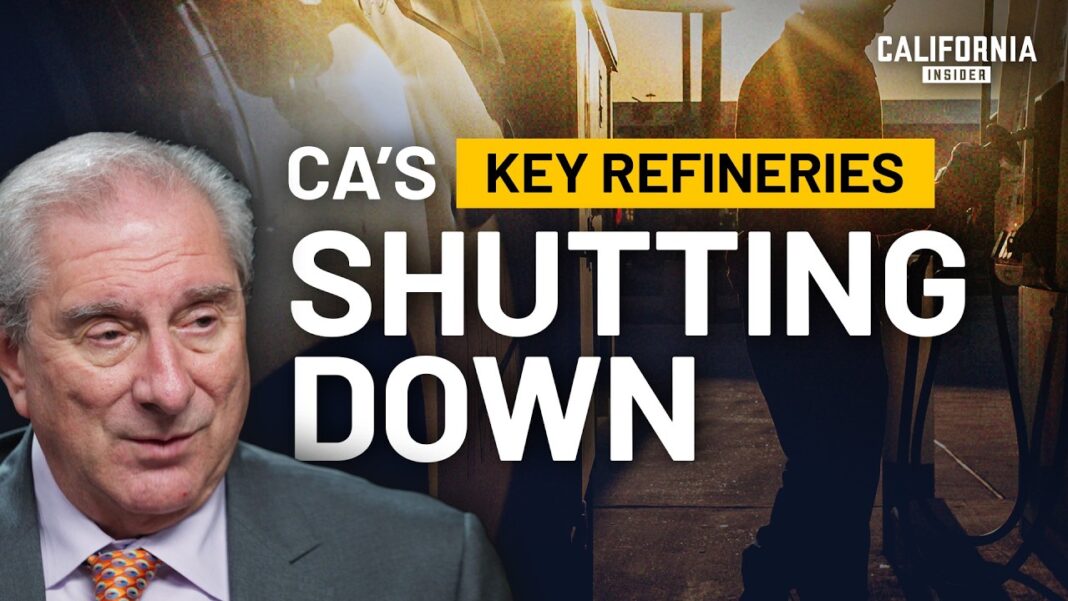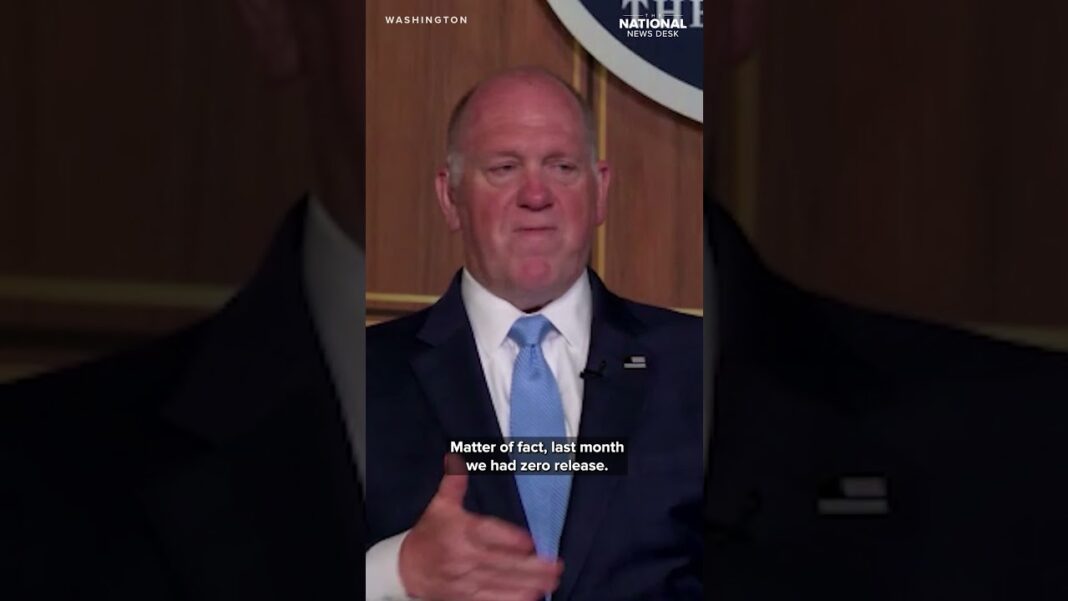Is the U.S. dollar’s dramatic decline a blip on the radar or a structural shift in global markets?
The U.S. dollar suffered its worst first-half year performance since 1973.
This year, the U.S. dollar index, a gauge of the buck against a weighted basket of currencies including the euro and the Japanese yen, has declined by almost 11 percent to its lowest level in three years.
Five decades ago, the greenback was adversely affected by multiple factors, such as the collapse of the Bretton Woods system, rampant price inflation, an oil crisis, and capital outflows.
More than 50 years later, the United States is facing other challenges, including an administration pursuing a transformation of global trade and concerns surrounding Washington’s fiscal health.
The debate in currency markets centers on whether the dollar’s decline is structural or cyclical.
Winds of Change
Following President Donald Trump’s unveiling of the contours of his sweeping global tariff agenda in April, the U.S. dollar underwent fundamental changes, with international investors attempting to unravel the decades-long dominance of the dollar.
“The world is changing,” AMG National Trust said in a June 26 report.
“Following a period of relatively stable exchange rates of the last decade and American stocks’ outperformance, we might now be transitioning to a more volatile regime where the U.S. dominance is not as straightforward.”
Economic observers stated that the sharp selloff in the dollar and the rise in Treasury yields suggested that U.S. assets were no longer attractive to global investors.
Appearing on CNBC’s “Squawk Box” at the height of tariff-driven uncertainty, Neel Kashkari, president of the Federal Reserve Bank of Minneapolis, argued that market trends might be showing that the United States is no longer the world’s safest and best place to invest.
“Normally, when you see big tariff increases, I would have expected the dollar to go up,” Kashkari said during the April 11 interview. “The fact that the dollar is going down at the same time, I think, lends some more credibility to the story of investor preferences shifting.”
Indeed, considerable uncertainty remains regarding the president’s tariffs.
Trump recently confirmed that his administration would send letters to trading partners ahead of the July 9 deadline for reciprocal tariffs. This means tariff rates could return to April 2 levels, ranging from 11 percent to 50 percent.
By Andrew Moran








